slow beets, every year
daninthedirt (USDA 9a, HZ9, CentTX, Sunset z30, Cfa)
5 years ago
last modified: 5 years ago
Featured Answer
Sort by:Oldest
Comments (33)
war garden
5 years agolast modified: 5 years agodaninthedirt (USDA 9a, HZ9, CentTX, Sunset z30, Cfa)
5 years agolast modified: 5 years agoRelated Discussions
Iris reticulata: getting blooms every year
Comments (6)The Iris reticulata at our place live in fairly large pots - about 14" across and about 10" deep. (We have a tendency to make bulb kebabs with the garden fork...) The mix is free-draining and has pumice included. The bulbs are planted around four inches deep, and they were planted at the 'right time' of the year. After flowering they are fed with tomato fertiliser, or slow release. Over summer they receive rain water and the occasional splosh from a passing hose. They don't actually 'bake', as such. And they are rarely disturbed. I probably won't decant them until they are more crowded - perhaps next year. They've been in those pots for at least three years. Huey, the Weather God, has sent a couple of mild summers our way and the retics have responded with plenty of flowers - pale and dark blue, and the purply-red ones. The leaves come up between four and six inches high before they complete their cycle. This year I bought some end of season bulbs and planted them close to the surface and in a shallow bowl, about six inches in depth. They have come up and several have flowered. The leaves came first and are about 12" high. I bought a further bunch and have potted them on but they have yet to appear although a nosey finger says that roots have begun and a few tentative shoots have emerged. It has been an exceptionally wet winter. This last lot were bought in July (your January equivalent). I'm interested to see how they'll respond in subsequent years....See MoreSlow beets
Comments (1)The best beets I ever raised cae from a bed I hadn't amended for over a year...See MoreKitchen sink drains very slowing every now and then.
Comments (6)Drain line seems normal from the pic (apart from the disconnected DW line as you mentioned), you are either plugged at the vent or plugged in the drain line. More likely plugged in the drain line, if the vent was plugged it would act odd or siphon your trap causing sewer gas instead of coming to a complete halt. Kitchen drains have the tendency to cause a soft plug aka a clog from grease/food/etc which a snake will open temporarily but will close back up soon. The ideal item to use is a blow bag for kitchen drain lines. If this item is above your skill set, employ a plumber. Mention the blow bag to them if they try to snake instead. Dont use any more chemicals, they could damage your drain line or melt the adhesive holding the pipes together....See MoreGaps in bed reworked last year: dead or slow?
Comments (11)My daughter grew Obsidian at her old house. Spectacular specimen - in a dry environment under a wide eave and morning sun..just like yours! All my dark ones thrive in hot morning sun, some in all day sun, and well drained soil. Acteas, dark ones, are so beautiful! Mine isn't that tall anymore but it has adjusted to being grown out front of the house where it is sunny, hot, dry and windy. Flowered first year and second because I faithfully watered it. No flowers since I cut off the umbellical cord but glorious foliage and texture. The foliage is darker and richer with more sun exposure, I found. I tried the second one in more shade - it developed a greener colour and as I have read, did not abide my transplanting it :( . Price is an ouch, agree! I wanted to post a photo of the polemonium foliage for you but ran out of daylight. Will do so tomorrow. Still in pot from last year....See Morejacoblockcuff (z5b/6a CNTRL Missouri
5 years agofarmerdill
5 years agodaninthedirt (USDA 9a, HZ9, CentTX, Sunset z30, Cfa)
5 years agolast modified: 5 years agovgkg Z-7 Va
5 years agodaninthedirt (USDA 9a, HZ9, CentTX, Sunset z30, Cfa)
5 years agolast modified: 5 years agogardengal48 (PNW Z8/9)
5 years agodaninthedirt (USDA 9a, HZ9, CentTX, Sunset z30, Cfa)
5 years agolast modified: 5 years agogardengal48 (PNW Z8/9)
5 years agovgkg Z-7 Va
5 years agolast modified: 5 years agotheforgottenone1013 (SE MI zone 5b/6a)
5 years agoHighColdDesert
5 years agolast modified: 5 years agodaninthedirt (USDA 9a, HZ9, CentTX, Sunset z30, Cfa)
5 years agolast modified: 5 years agonaturegirl_2007 5B SW Michigan
5 years agolast modified: 5 years agovgkg Z-7 Va
5 years agodaninthedirt (USDA 9a, HZ9, CentTX, Sunset z30, Cfa)
5 years agolast modified: 5 years agoflowergirl70ks
5 years agomxk3 z5b_MI
5 years agodaninthedirt (USDA 9a, HZ9, CentTX, Sunset z30, Cfa)
5 years agolast modified: 5 years agoHighColdDesert
5 years agoavgusta_gw
5 years agodaninthedirt (USDA 9a, HZ9, CentTX, Sunset z30, Cfa)
5 years agolast modified: 5 years agoavgusta_gw
5 years agodaninthedirt (USDA 9a, HZ9, CentTX, Sunset z30, Cfa)
5 years agolast modified: 5 years agovgkg Z-7 Va
4 years agodaninthedirt (USDA 9a, HZ9, CentTX, Sunset z30, Cfa)
4 years agolast modified: 4 years agovgkg Z-7 Va
4 years agodaninthedirt (USDA 9a, HZ9, CentTX, Sunset z30, Cfa)
4 years agolast modified: 4 years agodaninthedirt (USDA 9a, HZ9, CentTX, Sunset z30, Cfa)
4 years agolast modified: 4 years agomxk3 z5b_MI
4 years ago
Related Stories
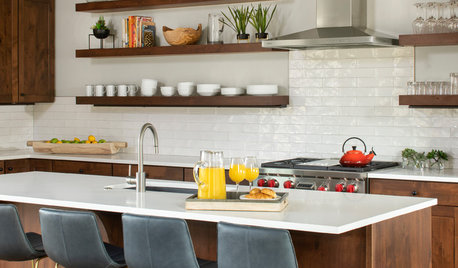
HOUZZ CALLTell Us Your New Year’s Resolutions for Your Home
Share your plans and dreams for your house this year — whether they involve organizing, remodeling or redecorating
Full Story
LIFE11 Easy Ways to Keep Your New Year’s Resolutions
Work smarter, not harder, to reach your goals — success is more about taking the right approach than about slogging your way there
Full Story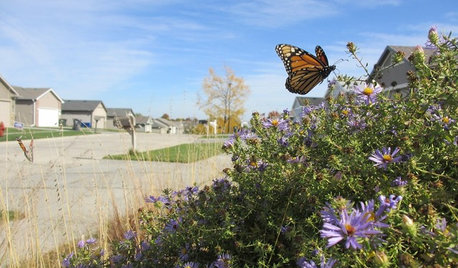
LIFEReflections From a Year in the Native Garden
A Nebraska gardener contemplates more flowers, more spiders, less work and the magic of slowing down
Full Story
FALL GARDENINGReflecting on a Gardening Year
Mistakes and successes, surprises and comforts. The garden helps us grow in new ways every year
Full Story

DECORATING GUIDESBudget Decorating: How to Decorate Smart and Slow
To make the most of your decorating dollar, forgo the disposable stuff, think vintage and free first and give yourself a splurge
Full Story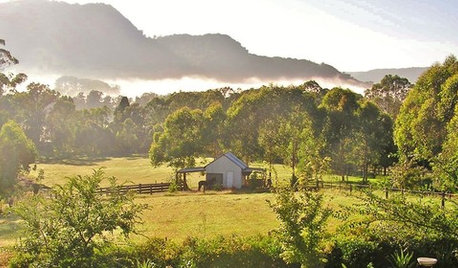
LIFESlow Down and Ease Up: A Sanity-Saving Approach to Life
Why not take the pressure off and live a little more consciously in 2017? The challenging goals can wait
Full Story
HOLIDAYS8 Ways to Really Slow Down and Savor the Holidays
Running amok to fit in holiday tasks can leave you frazzled and unfulfilled. Here's how to focus on what you enjoy most
Full Story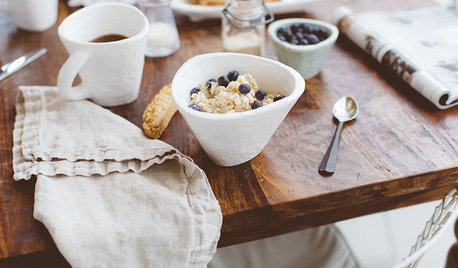
LIFEWhy Slow Living is Good for You and Your Home Environment
Feeling rushed? No time to catch your breath? Experts share what slowing down can do for our lives
Full Story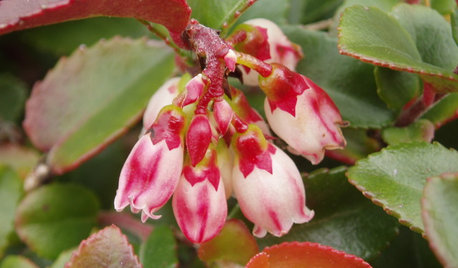
GARDENING GUIDESGreat Design Plant: Evergreen Huckleberry Appeals All Year
Spring flowers and summer berries are only half the story with Vaccinium ovatum, a versatile Pacific Northwest native plant
Full Story


daninthedirt (USDA 9a, HZ9, CentTX, Sunset z30, Cfa)Original Author